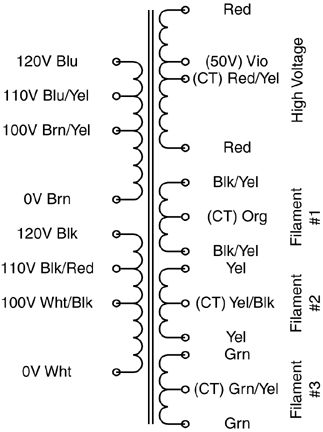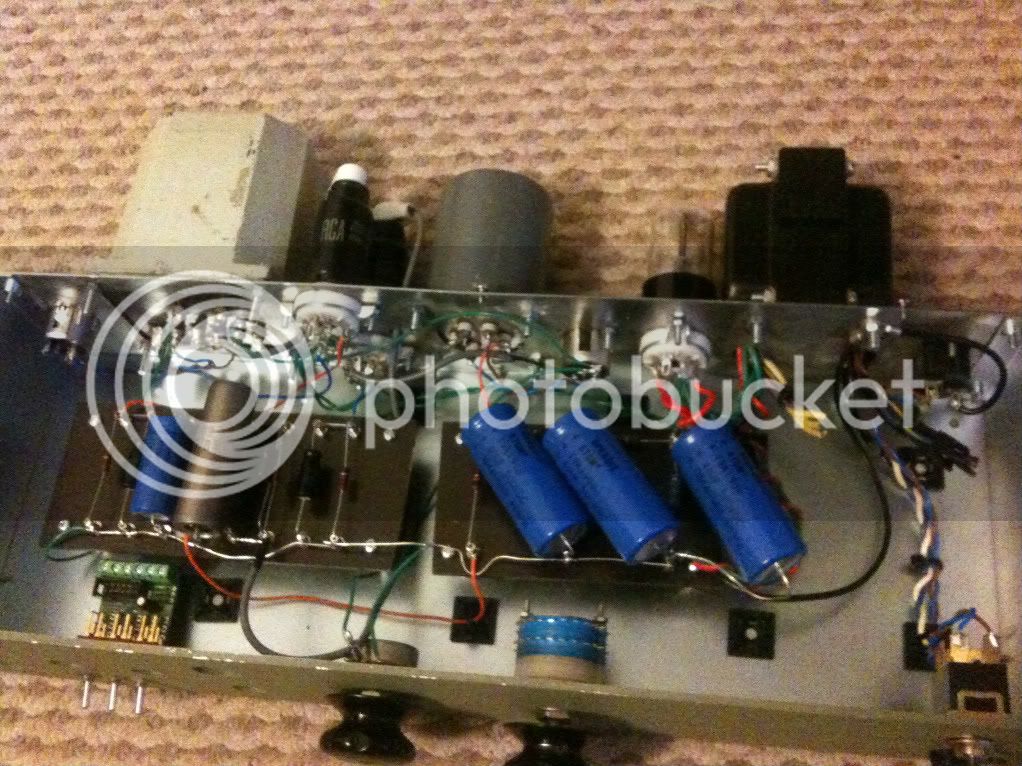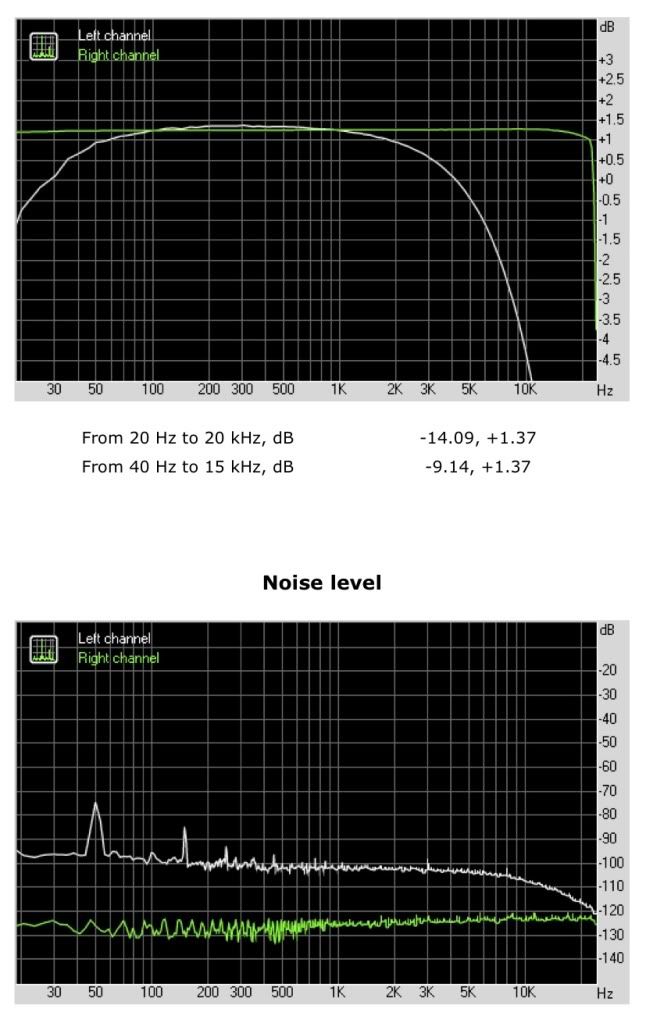Interesting info.....I enjoy DIY ing & usually learn the hard way trial and error....Im starting to understand earthing & things like that....The pres i have DIYed have a separate PSU in a box 6 feet away...
My question is will carefully laying out the components on turrets make much difference if there is no nearby power supply part like the power transformer...
does the layout keep noise lower in general ?
In the past in my ignorance & lack of info or pictures I have built fairly complex tube gear just bird nesting everything the shortest route I could see & then tried different earth paths to hear which is best ...it usually ended up looking like the star ground diagram it was nice too see that my ears led me to the star grounding before I came across the star grounding info on the web
For instance my ghetto version of the BA2A is just 2 tube sockets close together with components soldered between the 2.... the whole powers supply is elswhere in a metal case
So Im wondering if a better layout would make lower noise in my circuits, not that they sound noisy at the moment but if my messy layout may be noisier it could be time for a tidy up....maybe I need to measure what noise i do have....
Looking forward to seeing letterbeacons BA2A & hearing his reports on the sound......
Thanks for all info here am learning lots.....
My question is will carefully laying out the components on turrets make much difference if there is no nearby power supply part like the power transformer...
does the layout keep noise lower in general ?
In the past in my ignorance & lack of info or pictures I have built fairly complex tube gear just bird nesting everything the shortest route I could see & then tried different earth paths to hear which is best ...it usually ended up looking like the star ground diagram it was nice too see that my ears led me to the star grounding before I came across the star grounding info on the web
For instance my ghetto version of the BA2A is just 2 tube sockets close together with components soldered between the 2.... the whole powers supply is elswhere in a metal case
So Im wondering if a better layout would make lower noise in my circuits, not that they sound noisy at the moment but if my messy layout may be noisier it could be time for a tidy up....maybe I need to measure what noise i do have....
Looking forward to seeing letterbeacons BA2A & hearing his reports on the sound......
Thanks for all info here am learning lots.....





































